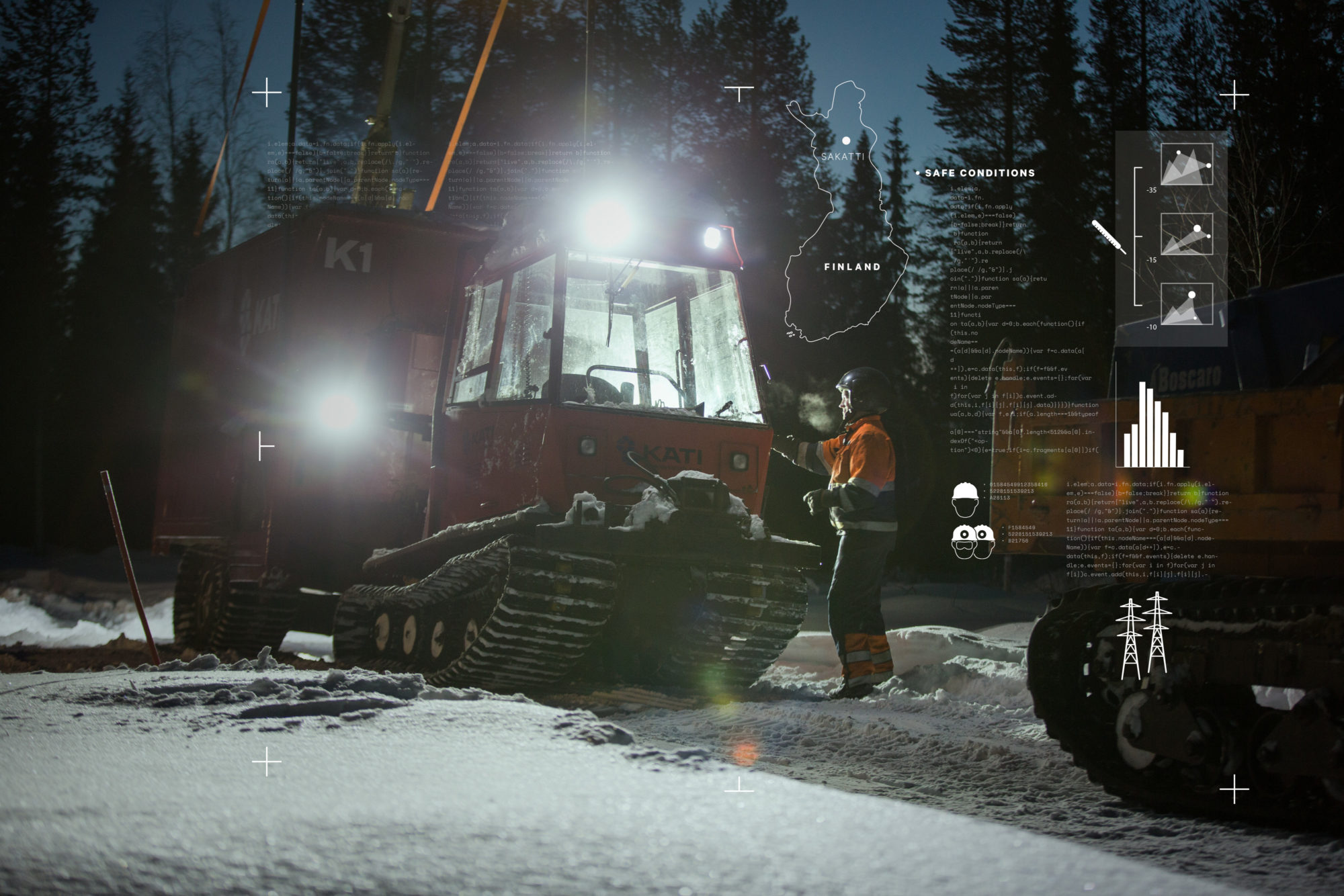Anglo American has provided its latest sustainability performance update, highlighting a number of technological advancements the company is looking to take at its in-development Woodsmith polyhalite mine in the UK and its exploration asset, Sakatti, in Finland.
Anglo American says it has an integrated approach to sustainability in project development, helping secure its ability to deliver responsible long-term growth in future-enabling metals and minerals.
The company is moving towards its goal of carbon neutral operations by 2040, evolving its pathways as it progresses, learns and as technologies develop.
At the end of 2022, its Scope 1 and 2 emissions were 21% below the peak levels of 2019 – a significant reduction that, Anglo American says, reflects its transition to 100% renewable electricity supply across its South America operations, with Australia to follow in 2025.
In southern Africa, it is working in partnership with EDF Renewables to build a 3-5 GW renewable energy ecosystem of wind and solar generation capacity, designed to tackle its largest remaining source of Scope 2 emissions and support energy reliability and grid resilience while catalysing broad socio-economic opportunities.
While Scope 3 emissions reduction is largely dependent on the decarbonisation of Anglo American’s value chains and the steel industry, in particular, it is progressing towards its ambition to halve these emissions by 2040.
Tom McCulley, CEO of Anglo American’s Crop Nutrients business, provided several references to Quellaveco, Anglo American’s most technologically-advanced mine that uses automation, a remote operations centre and high levels of digitalisation, when looking at its FutureSmart Mining™ plans at Woodsmith, a 5 Mt/y operation that could ramp up to 13 Mt/y.
McCulley, who also led development of Quellaveco, said Woodsmith will be developed as a benchmark for sustainable mining. This includes plans for the mine to be a low carbon, low water and low waste operation, with no tailings generation and with a minimum impact design.
“We hope this can show a way of how mining can be done in the future,” McCulley said of this approach at Woodsmith.
When it comes to Sakatti, Alison Atkinson, Projects & Development Director, said the development could end up being “our next greenfield project”.
The project is a rich multi-metal deposit with not only copper, nickel and cobalt resources, but also platinum, palladium, gold and silver.
“High concentrations of metal combined with consistency of the mineralisation between the boreholes make Sakatti a unique deposit,” Anglo American says of the project. Its resources are estimated to be sufficient for mining operations to last more than 20 years.
Atkinson said Sakatti is being designed as the next generation of FutureSmart Mining, building on what it has learned from Quellaveco and Woodsmith, particularly when it comes to ensuring there is minimal surface footprint and “using technology and innovations to deliver even better sustainability outcomes”.
She added: “Sakatti is set to be a remotely operated, low carbon-underground mine with an electric mining fleet using technology and mining methods that will create zero waste and enable high degrees of water recycling, contributing to a sustainable supply of critical minerals.”
The company also sees the potential to use sorting technologies for coarse particle rejection and material recovery opportunities.











